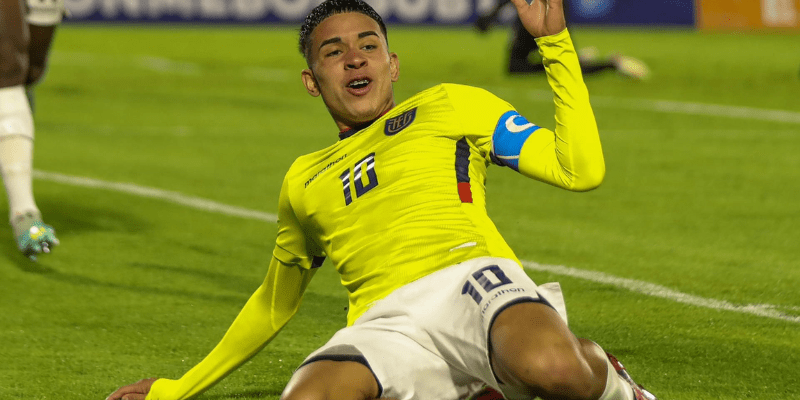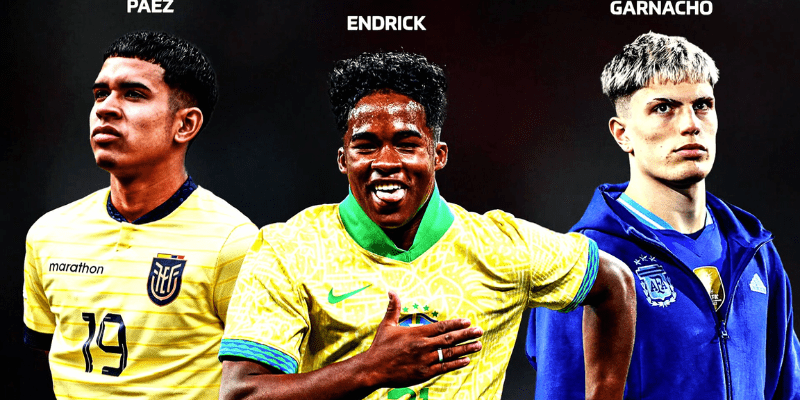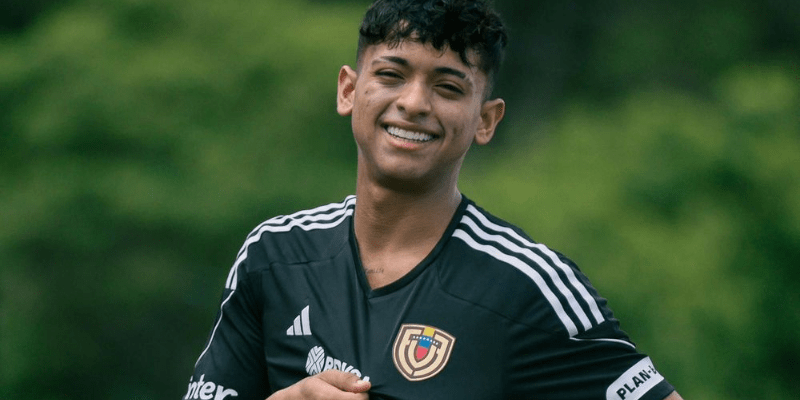When legends are born on the biggest stages, their names echo through history. Few things capture that magic better than a teenager stepping onto a Copa América field for the first time. Youngest players to debut in Copa America carry with them not just raw talent, but the weight of expectation and the promise of a bright future. In this article, KorKick will guide you through those moments of audacious youth—the prodigies who defied the odds and made their mark early.
Why debuting young matters in Copa América

Making your first appearance in Copa América is a milestone for any South American or CONMEBOL-adjacent footballer. Doing so before turning 20 is rarer still. Why?
- The tournament is fiercely competitive, often featuring veteran stars and tactically mature squads.
- Coaches tend to rely on experience in knockout matches, making it harder for managers to trust youngsters early on.
- A youthful debut signals a player is already seen as top-level material, not just a future prospect.
Because of this, when a club or national coaching staff picks a teenager, there’s usually a reason: exceptional form, urgent necessity, or spirited confidence in a rising star.
Let’s explore who holds the record books, and who is rewriting them today.
Record holders: all-time youngest Copa América debutants
Here are some of the historic names and unprecedented feats in Copa América’s youth records:
- One of the standout names is Kendry Páez, who debuted at Copa América 2024 at only about 17 years, 47 days. He was the youngest participant in that edition.
- Endrick of Brazil also made waves, debuting at 17 years, 11 months, and 4 days, becoming one of the youngest ever to step onto a Copa América field for Brazil.
- Older records show that only a handful of players across the long history of the tournament entered at 17 or just barely 18.
- Official databases of age-based records in Copa América also list numerous “youngest and oldest” players in competition history.
- In the 2024 edition alone, Páez, Endrick, and a few others under 20 made the list of youngest participants.
These benchmarks serve as compelling targets for future prodigies to break.
The 2024 class: youngest voices at the stage

Almost all of the recent attention on youthful debuts has centered around Copa América 2024. Let’s examine who stood out:
Kendry Páez (Ecuador)
Still only born in 2007, Páez lit up the tournament as the youngest player in the 2024 edition, debuting around 17 years, 47 days old. He didn’t just warm the bench—he started multiple games, scoring a penalty vs Jamaica and becoming one of the youngest scorers in competition history.
His rise is meteoric: from Independiente del Valle’s system to a future move to Chelsea, he’s drawn comparisons to South American prodigies of old.
Endrick (Brazil)
Brazil’s golden boy also made history. Entering at 17 years, 11 months, 4 days, Endrick became one of the youngest ever to debut in a Copa América for the Selecao. He made substitute appearances in group matches and even started in the quarterfinal. His inclusion was bold, but many believe it speaks to the faith Brazil’s staff has in him for the future.
One outlet also noted that this appearance put him younger than Pele when he made his first big appearances, underscoring the pressure and excitement around Endrick’s trajectory.
Other under-20 contributors in 2024
While Páez and Endrick grabbed headlines, a few others under 20 saw minutes:
- Luc de Fougerolles (Canada) – 18 years, 252 days
- Kervin Andrade (Venezuela) – ~19 years, 68 days
- Additional names like Savio, Jeyland Mitchell, Warren Madrigal also feature in lists of the youngest participants, though their ages are slightly higher.
While not setting all-time marks, they reflect a growing boldness in giving youth a platform on a grand stage.
Patterns, risks, and the future of youth debuts
What trends and factors appear when we look across time at the youngest Copa América performers?
- South America leads: Because Copa América is a CONMEBOL tournament, most of its youth debutants come.
- Clubs and environment matter: Many of these youngsters are already established in competitive club environments (often in strong academies or top-tier leagues), which helps national coaches trust them.
- Substitution vs. starting: Most ultra-young debuts are off the bench, with starting roles coming only when trust is earned or necessity demands.
- Psychological pressure: At 17 or 18, players are still maturing. A Copa América debut brings immense expectation, media scrutiny, and tactical pressure.
- Records are waiting to be challenged: With players like Páez and Endrick pushing the bar, it seems likely that future tournaments might produce even younger debuts.
Why fans care: the mythos of youth

When a teenager debuts in Copa América, it’s more than stats. For fans, it’s hope:
- It signals a generational shift in a national team.
- It invites comparisons to past legends and future greatness.
- It fuels media narratives and fan dreams (“This kid could be the next Maradona!”).
In short: the youngest debutants are not just names on a sheet—they become icons-in-waiting.
Final Thoughts
Youngest players to debut in Copa America tell us much about the evolving nature of talent, ambition, and risk in South American football. From historic earlier records to the fresh thunder of Kendry Páez and Endrick, these players embody the fusion of potential and pressure that defines the beautiful game.
If you’re a football fan chasing facts, match reviews, or next-generation stars, stay tuned to KorKick. Let us be your go-to source for deep stats, player biographies, and breaking stories. Join us—follow upcoming Copa América editions and see who will be the next youngest player to debut in Copa America.






